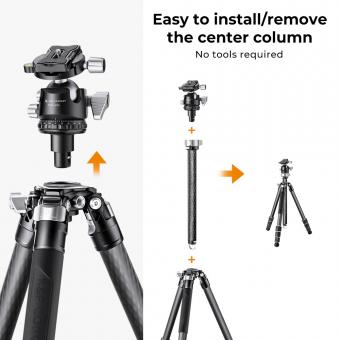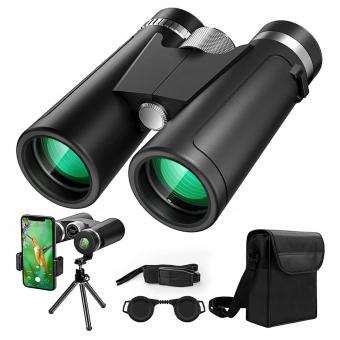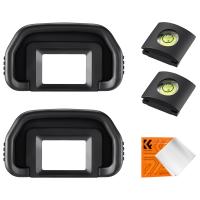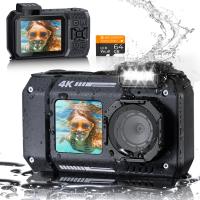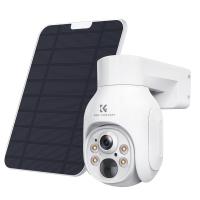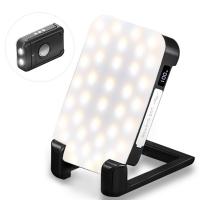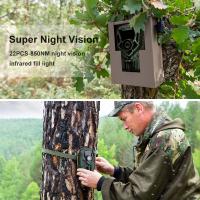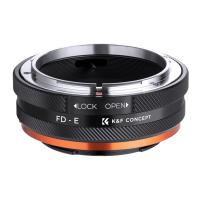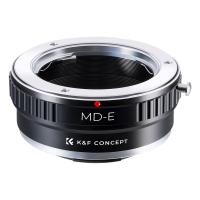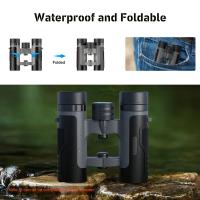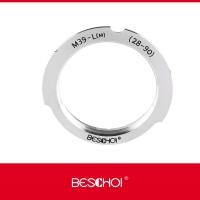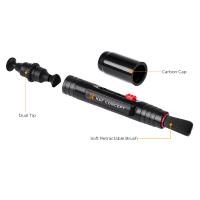How To Make A Diy Microscope ?
To make a DIY microscope, you can start by gathering materials such as a small glass or plastic lens, a small LED light, a cardboard box, and a smartphone or tablet. Cut a small hole in the center of one side of the box and attach the lens to cover the hole. Place the LED light inside the box and position it to shine through the lens. Use the smartphone or tablet to capture images of the objects you want to observe by placing them directly under the lens. Adjust the focus by moving the object closer or further away from the lens until you get a clear image. This simple DIY microscope can be used to observe small objects such as insects, plant cells, and other microscopic organisms.
1、 Materials needed

How to make a DIY microscope:
Making a DIY microscope is a fun and educational project that can be done with simple materials. Here are the steps to make a basic microscope:
Materials needed:
- A small glass or plastic lens (such as a magnifying glass or a camera lens)
- A small LED light
- A small piece of cardboard or plastic
- A small piece of clear tape
- A smartphone or tablet with a camera
Steps:
1. Cut a small hole in the center of the cardboard or plastic piece.
2. Place the lens over the hole and secure it with the tape.
3. Place the LED light behind the lens to provide illumination.
4. Place the object you want to examine under the lens.
5. Use your smartphone or tablet camera to capture the image.
This basic DIY microscope can be used to examine small objects such as insects, plants, and minerals. It is a great way to introduce children to the world of science and encourage their curiosity.
However, it is important to note that this DIY microscope may not provide the same level of magnification and clarity as a professional microscope. Additionally, it is important to handle the lens carefully to avoid scratches or damage.
2、 Building the base

How to make a DIY microscope? The first step is to build the base. The base is the foundation of the microscope and it needs to be sturdy and stable. You can use a wooden block or a metal plate as the base. The size of the base depends on the size of the microscope you want to build.
Once you have the base, you need to attach a vertical support to it. This support will hold the microscope tube. You can use a metal rod or a PVC pipe as the support. Make sure it is firmly attached to the base.
Next, you need to attach a stage to the base. The stage is where you place the specimen you want to observe. You can use a glass slide or a plastic petri dish as the stage. Make sure it is level and secure.
Finally, you need to attach the microscope tube to the vertical support. The tube can be made from a PVC pipe or a metal tube. You will also need a lens to magnify the specimen. You can use a simple magnifying glass or a more complex lens system.
Building a DIY microscope can be a fun and rewarding project. It allows you to explore the microscopic world and learn about science in a hands-on way. With the latest advancements in technology, there are also many resources available online to help you build a more advanced microscope using 3D printing or other techniques.
3、 Creating the lens

Creating the lens is a crucial step in making a DIY microscope. The lens is responsible for magnifying the object being observed, and the quality of the lens will determine the clarity of the image. There are several ways to create a lens for a DIY microscope, but one of the most common methods is using a droplet of water.
To create a water droplet lens, start by placing a small drop of water on a clean glass slide. Then, place a cover slip over the water droplet, gently pressing down to flatten the droplet. The water droplet will act as a convex lens, magnifying the object being observed.
Another method for creating a lens is using a small glass bead. The bead can be heated until it melts and then allowed to cool and solidify into a spherical shape. The bead can then be attached to a piece of wire or a small stick and used as a lens.
It is important to note that the quality of the lens will depend on the materials used and the precision of the manufacturing process. While a DIY microscope may not have the same level of magnification as a professional microscope, it can still be a useful tool for observing small objects.
In recent years, there has been a growing interest in using smartphone cameras as a lens for DIY microscopes. By attaching a smartphone camera to a microscope eyepiece, it is possible to capture high-quality images of the objects being observed. This approach has the added benefit of being able to easily share images and data with others.
4、 Assembling the microscope

How to make a DIY microscope:
Making a DIY microscope is a fun and educational project that can be done with simple materials found around the house. Here are the steps to make a basic microscope:
1. Gather materials: You will need a small glass or plastic lens, a small LED light, a cardboard tube, a small piece of clear plastic, and some tape.
2. Assemble the microscope: Cut a small hole in the center of one end of the cardboard tube. Tape the lens over the hole, making sure it is centered. Cut a small hole in the side of the tube near the lens and tape the LED light over it. Cut a small piece of clear plastic and tape it over the other end of the tube.
3. Use the microscope: Place the object you want to examine on the clear plastic at the end of the tube. Shine the LED light on the object and look through the lens to see the magnified image.
It is important to note that this DIY microscope will have limited magnification and may not be suitable for scientific research. However, it can be a fun and educational tool for exploring the world around us.
In recent years, there has been a growing interest in DIY microscopes as a way to make science more accessible and affordable. Many organizations and individuals are developing open-source designs for microscopes that can be made with 3D printing or other advanced manufacturing techniques. These DIY microscopes can have higher magnification and more advanced features, making them suitable for scientific research and education.

















